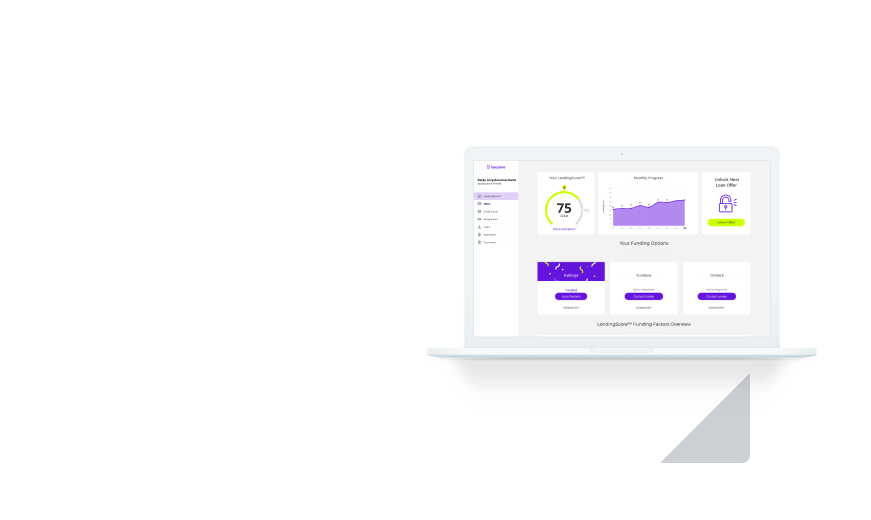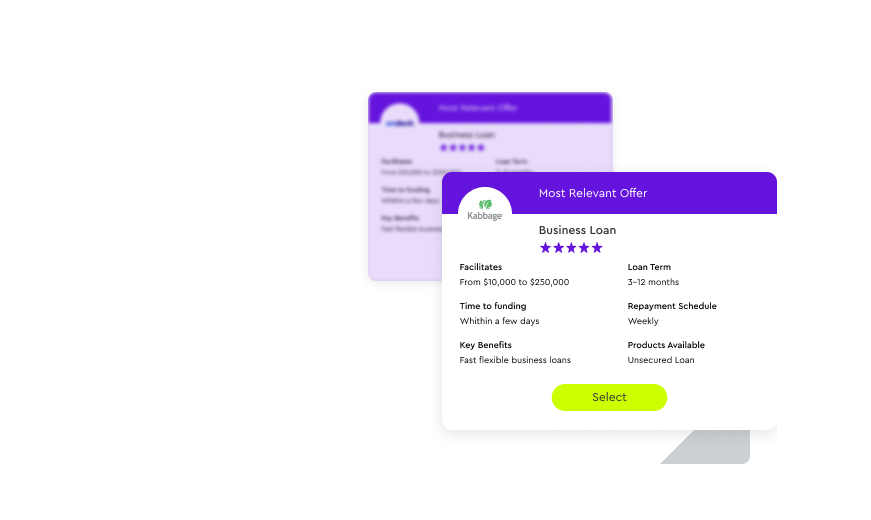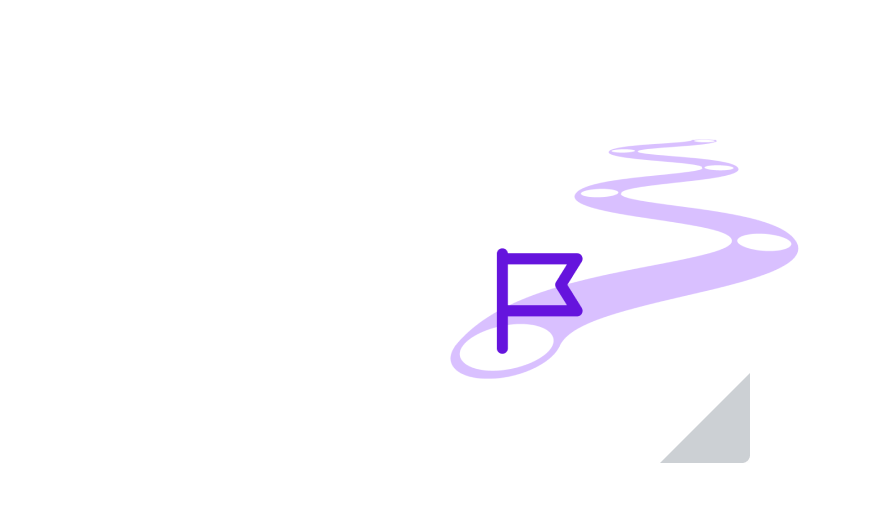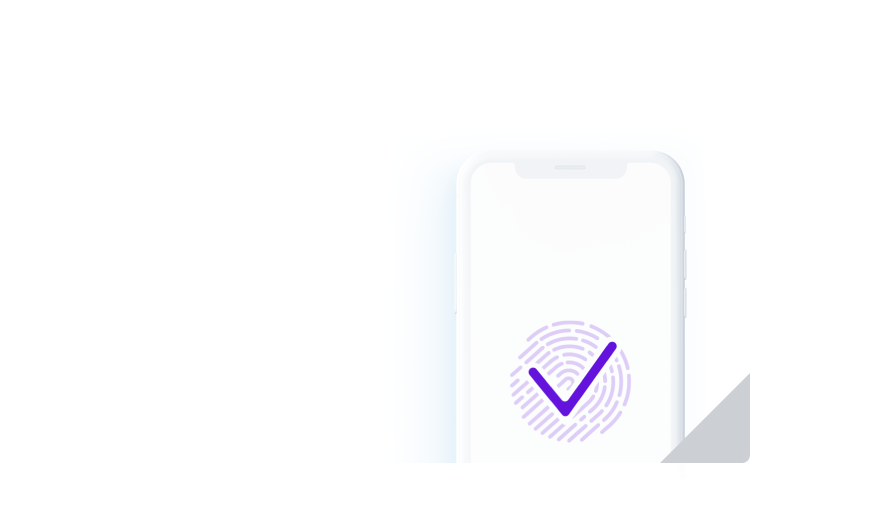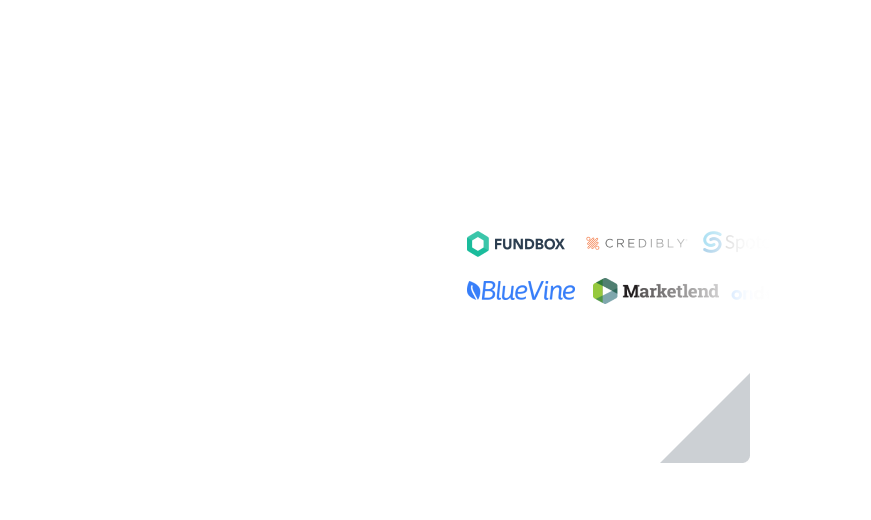Making business dreams possible
Take control of your funding using our free technology:
- Get tailored business funding options
- Discover how to improve your funding odds
- Smart business dashboard & key insights

Creating a better world of funding for businesses
-
For businesses
Using technology and advanced algorithms, we optimize existing funding and unlock funding for millions of otherwise overlooked businesses
Get business profile -
For lenders
We open up an entirely new market segment to lenders using advanced algorithms and by cross-checking previously unfundable businesses
Join us
-
Error-free
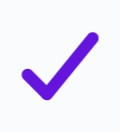
application -
Optimal lenders & terms

-
Funding criteria transparency
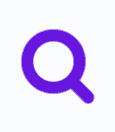
-
Step-by-step

funding plan
At Become, we understand that securing a business loan can be a crucial step in growing your business. We have streamlined the application process to make it as simple and straightforward as... Read more
Unsecured loans offer a way to borrow money without needing to put up collateral, making them an attractive option for those who may not have assets to pledge or prefer not to risk them. These loans... Read more
In the dynamic landscape of modern business, cash flow remains the lifeblood of enterprises, irrespective of their size or industry. Small and medium-sized enterprises (SMEs), in particular, often... Read more
Small businesses are the lifeblood of economies worldwide, driving innovation, creating jobs, and fostering vibrant communities. Yet, one of the biggest challenges they face is securing financing to... Read more
Our
solution
are wrongfully denied funding every year

Businesses who apply for funds using Become's tailored funding solution are around 20% more likely to receive funding *Based on Become's internal information
-

"I had a great experience getting a loan with Become. The staff was very responsive and guided me throughout the whole process. I highly recommend working with Become!!"
Jimmy Potters*Actual customer testimonials. Photos are illustrative only.
4.8/5

"Just wow. Had work with some companies before and had taken longer for a way smaller amount. Got my line of credit in about 15 minutes and receive the money less than 48 hours after applying."
Veronica Lamas*Actual customer testimonials. Photos are illustrative only.
4.8/5

"It was a completely smooth process from the beginning to the end. I signed up and was funded within the day. Couldn't ask for anything more."
Mason K Hanger*Actual customer testimonials. Photos are illustrative only.
4.8/5

"They were so helpful and explained everything to me so that all my questions were answered and I was comfortable with my loan."
Nina Galvin*Actual customer testimonials. Photos are illustrative only.
4.8/5

"Extremely easy and fast loan process, received the money in my account within 24 hours. I wish I would have received more money that I had requested but other than that there was zero issues"
Marla Ringo*Actual customer testimonials. Photos are illustrative only.
4.8/5

"Become has been extremely helpful to our growing business! We had lenders compete for our business and close a loan that works for us!"
Antonio L.*Actual customer testimonials. Photos are illustrative only.
4.8/5

"I was connected to a lender, and everything was done with the click of a button."
Frank Williams*Actual customer testimonials. Photos are illustrative only.
4.8/5

"I really love LendingScore™, which helped me to focus on the right things to increase my business credit. The process was easy and they checked in regularly to make sure that I was aware of lending options available. "
Shannon Deamer*Actual customer testimonials. Photos are illustrative only.
4.8/5

"The process was fast and very easy. I didn't encounter any problems from the beginning of the application to when I was funded."
Nathan Pease*Actual customer testimonials. Photos are illustrative only.
4.8/5

"This is the best! 5-Star Service. I will recommend to small business everywhere."
Fort Myers Beach*Actual customer testimonials. Photos are illustrative only.
4.8/5
Ready to
Apply now
become more?


















